Hood & Venting for Bluestar Rangetop...Zephyr or Bluestar?
missmeghan702
10 years ago
Featured Answer
Comments (32)
cookncarpenter
10 years agomissmeghan702
10 years agoRelated Professionals
Fox Lake Kitchen & Bathroom Designers · Georgetown Kitchen & Bathroom Designers · Schaumburg Kitchen & Bathroom Designers · Woodlawn Kitchen & Bathroom Designers · Plainview Kitchen & Bathroom Remodelers · Bellevue Kitchen & Bathroom Remodelers · Chandler Kitchen & Bathroom Remodelers · Fort Washington Kitchen & Bathroom Remodelers · Saint Augustine Kitchen & Bathroom Remodelers · South Park Township Kitchen & Bathroom Remodelers · Toledo Kitchen & Bathroom Remodelers · Sharonville Kitchen & Bathroom Remodelers · Country Club Cabinets & Cabinetry · Foster City Cabinets & Cabinetry · Red Bank Cabinets & Cabinetrygoin2swim
10 years agomissmeghan702
10 years agomissmeghan702
10 years agocookncarpenter
10 years agosubonim
10 years agomissmeghan702
10 years agosubonim
10 years agoashik
10 years agogtadross_gw
10 years agolilmagil1
9 years agokaseki
9 years agojo mathisen
5 years agoMistman
5 years agomaire_cate
5 years agoPia R
5 years agomaire_cate
5 years agolast modified: 5 years agokaseki
5 years agolast modified: 5 years agoM
5 years agokaseki
5 years agolast modified: 5 years agoPia R
5 years agomaire_cate
5 years agokaseki
5 years agoPia R
5 years agokaseki
5 years agoPia R
5 years agokaseki
5 years agoPia R
5 years agoPeke
4 years agoPia R
4 years ago
Related Stories

KITCHEN APPLIANCESWhat to Consider When Adding a Range Hood
Get to know the types, styles and why you may want to skip a hood altogether
Full Story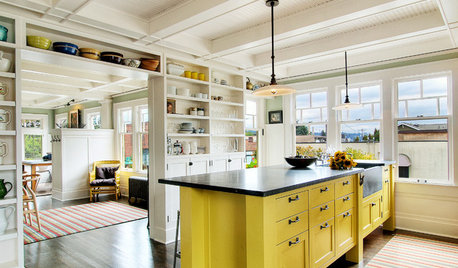
KITCHEN DESIGNHow to Lose Some of Your Upper Kitchen Cabinets
Lovely views, display-worthy objects and dramatic backsplashes are just some of the reasons to consider getting out the sledgehammer
Full Story
TASTEMAKERSPro Chefs Dish on Kitchens: Michael Symon Shares His Tastes
What does an Iron Chef go for in kitchen layout, appliances and lighting? Find out here
Full Story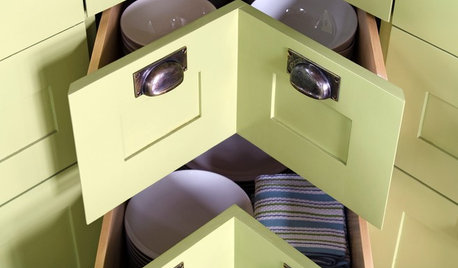
KITCHEN DESIGNShow Us Your Best Kitchen Innovation
Did you take kitchen functionality up a notch this year? We want to see your best solutions for the hardest-working room in the house
Full Story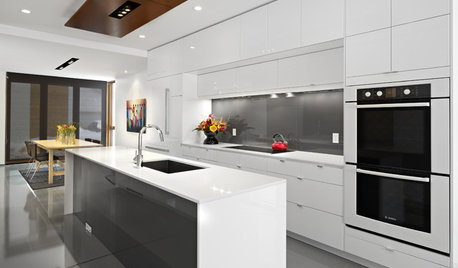
KITCHEN APPLIANCESFind the Right Oven Arrangement for Your Kitchen
Have all the options for ovens, with or without cooktops and drawers, left you steamed? This guide will help you simmer down
Full Story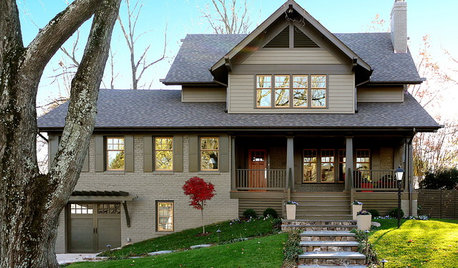
REMODELING GUIDESHouzz Tour: Turning a ’50s Ranch Into a Craftsman Bungalow
With a new second story and remodeled rooms, this Maryland home has plenty of space for family and friends
Full Story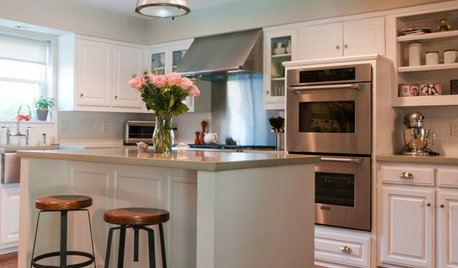
KITCHEN DESIGNShow Us Your Fabulous DIY Kitchen
Did you do a great job when you did it yourself? We want to see and hear about it
Full Story
KITCHEN DESIGNHow to Find the Right Range for Your Kitchen
Range style is mostly a matter of personal taste. This full course of possibilities can help you find the right appliance to match yours
Full Story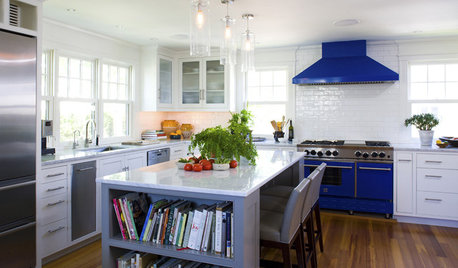
KITCHEN DESIGNSo Over Stainless in the Kitchen? 14 Reasons to Give In to Color
Colorful kitchen appliances are popular again, and now you've got more choices than ever. Which would you choose?
Full Story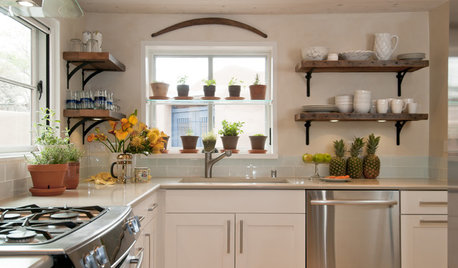
KITCHEN DESIGNHaving a Design Moment: The Kitchen
Take a peek at 11 design opportunities you shouldn't overlook in the kitchen
Full StoryMore Discussions








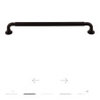
kaseki